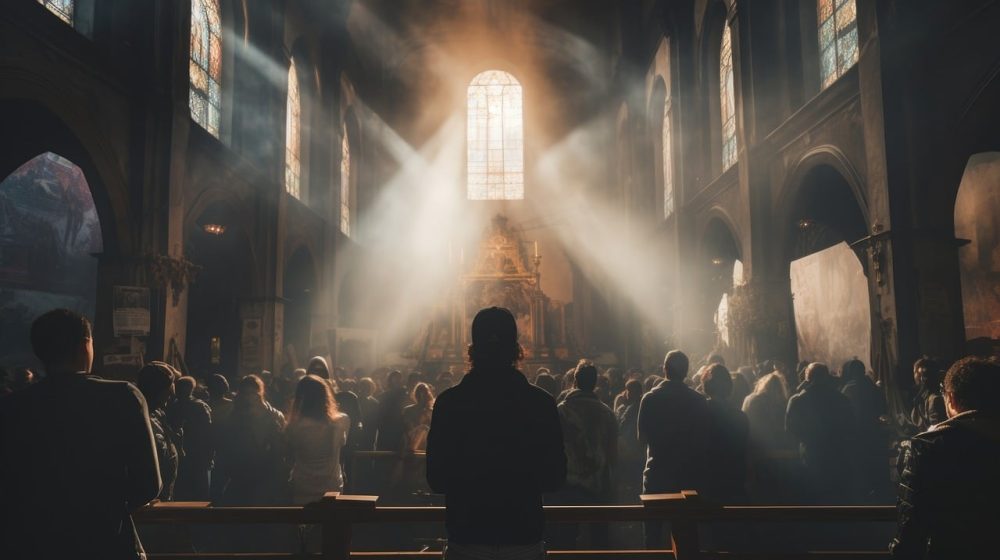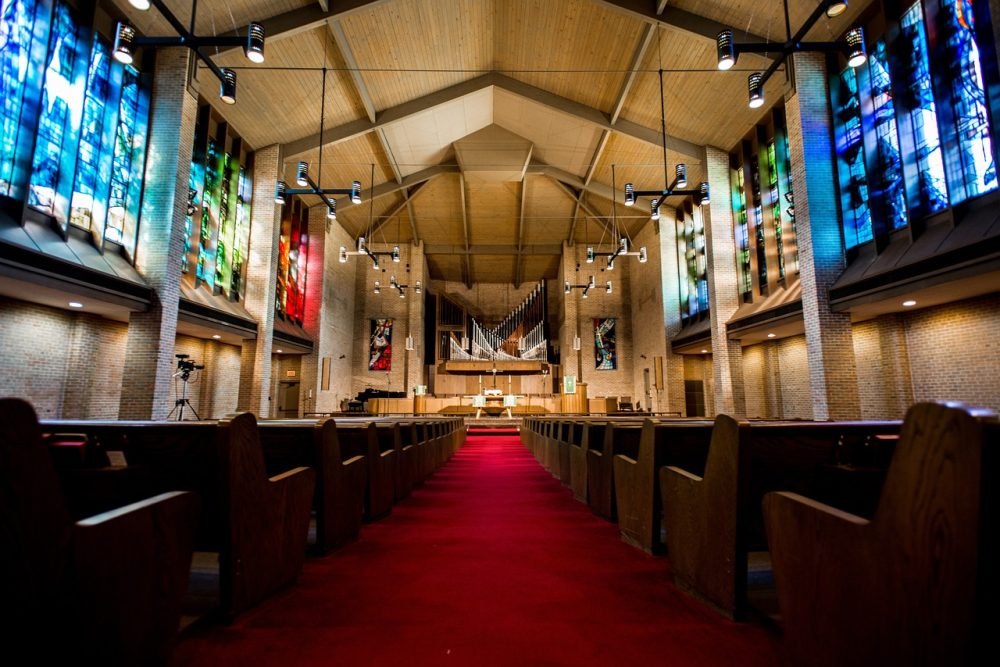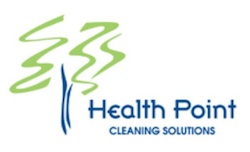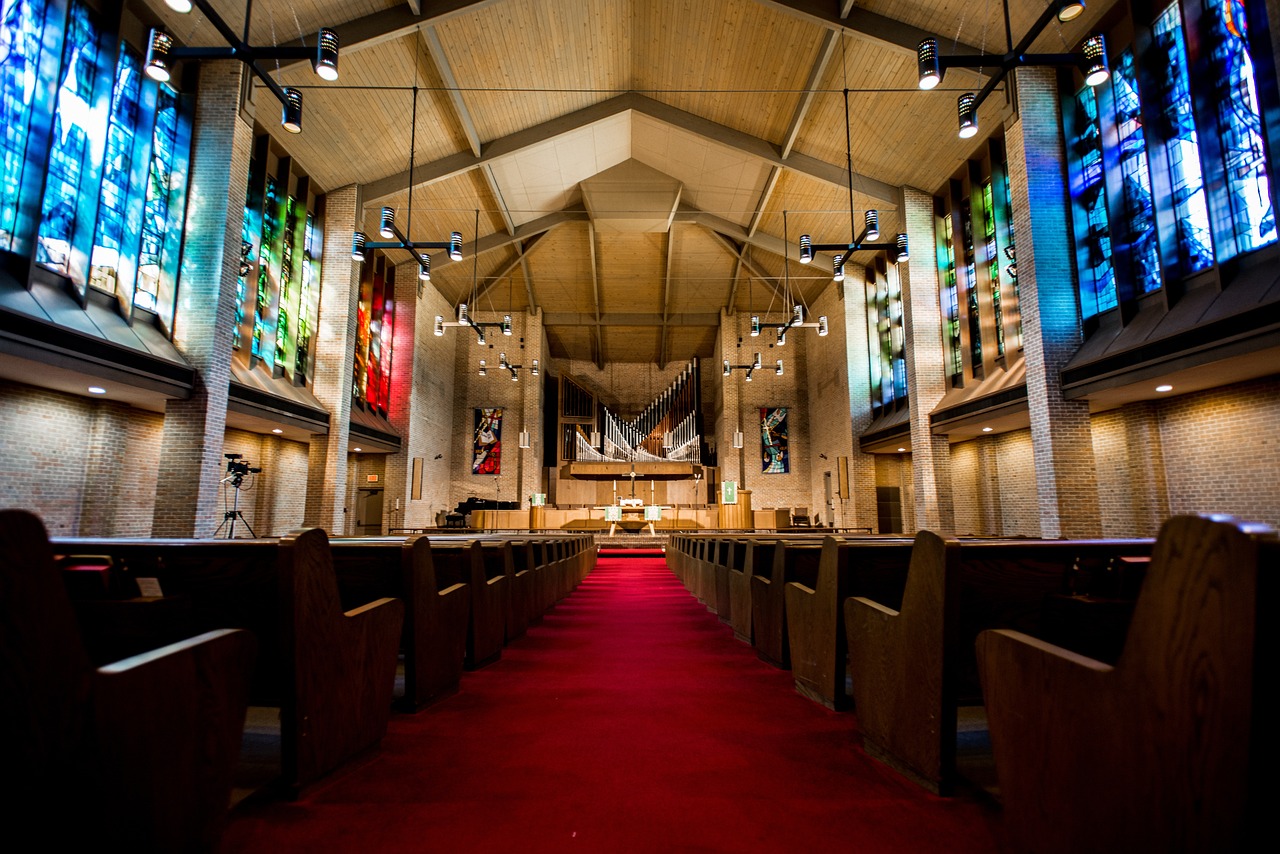Sanctuary care and maintenance are crucial for creating a clean, safe, and welcoming environment. This article provides practical advice for keeping sanctuaries in top condition, focusing on the unique needs of these special spaces in Minneapolis, Minnesota.
Table of Contents
Key Takeaways
- Regular cleaning and disinfection are essential for sanctuary maintenance
- Proper ventilation helps maintain air quality and prevent mold growth
- Careful furniture and fixture care preserves the sanctuary’s appearance
- Routine inspections can catch small issues before they become major problems
- Specialized cleaning techniques may be needed for delicate surfaces or materials
- Involving the community in maintenance efforts can foster a sense of ownership
Understanding the Importance of Sanctuary Care and Maintenance

Sanctuaries serve as places of refuge, reflection, and community gathering. Whether religious or secular, these spaces require special attention to maintain their purpose and atmosphere. Proper care ensures that sanctuaries remain clean, safe, and inviting for all who enter.
In Minneapolis, where weather can be harsh and variable, sanctuary maintenance takes on added importance. The city’s climate can affect building materials and cleanliness, making regular upkeep crucial.
Developing a Comprehensive Cleaning Schedule
A well-planned cleaning schedule is the backbone of effective sanctuary care. This schedule should cover daily, weekly, and monthly tasks to keep the space in top condition.
Daily Cleaning Tasks
Daily cleaning helps maintain a baseline level of cleanliness and prevents the buildup of dirt and grime. These tasks might include:
- Vacuuming high-traffic areas
- Wiping down frequently touched surfaces
- Emptying trash bins
- Spot-cleaning any visible stains or spills
Weekly Cleaning Tasks
Weekly cleaning tasks are more thorough and help address areas that don’t need daily attention. These might include:
- Deep cleaning floors
- Dusting all surfaces, including hard-to-reach areas
- Cleaning windows and mirrors
- Sanitizing restrooms
Monthly and Seasonal Cleaning Tasks
Some cleaning tasks are best done on a monthly or seasonal basis. These often involve more time-intensive processes or address less frequently used areas. Examples include:
- Shampooing carpets
- Cleaning light fixtures
- Washing curtains or drapes
- Deep cleaning upholstered furniture
Maintaining Proper Ventilation

Good air quality is essential in any sanctuary space. Proper ventilation helps prevent the buildup of dust, allergens, and odors, creating a more pleasant environment for visitors.
In Minneapolis, where winters can be long and cold, it’s tempting to keep buildings tightly sealed. However, this can lead to poor air quality and even mold growth. Regular air circulation is key, even in colder months.
Consider using air purifiers or installing a high-quality HVAC system to maintain good air quality year-round. Regular filter changes and system maintenance are crucial for optimal performance.
Caring for Sanctuary Furniture and Fixtures
Sanctuary furniture often sees heavy use and requires special care to maintain its appearance and functionality. Different materials need different cleaning approaches.
Wood Furniture Care
Many sanctuaries feature wooden pews, altars, or other furniture. To care for wood:
- Dust regularly with a soft cloth
- Clean with a mild soap solution when needed
- Apply furniture polish or oil periodically to maintain the finish
Upholstered Furniture Maintenance
For upholstered chairs or cushions:
- Vacuum regularly to remove dust and debris
- Spot clean stains promptly
- Consider professional cleaning once or twice a year
Metal Fixture Upkeep
For metal fixtures like candle holders or decorative elements:
- Dust regularly
- Polish as needed to maintain shine
- Check for signs of tarnish or corrosion
Floor Care and Maintenance

Floors in sanctuaries often see heavy foot traffic and require regular attention to stay clean and in good condition.
Carpet Care
For carpeted areas:
- Vacuum daily in high-traffic zones
- Treat stains promptly
- Schedule professional deep cleaning at least annually
Hard Floor Maintenance
For tile, wood, or stone floors:
- Sweep or dust mop daily
- Damp mop as needed with appropriate cleaners
- Periodically strip and reseal if applicable
Window and Glass Cleaning
Clean windows and glass surfaces contribute greatly to a sanctuary’s overall appearance. In Minneapolis, where winter weather can leave windows streaky, regular cleaning is especially important.
Use a streak-free glass cleaner and lint-free cloths for best results. For high windows, consider hiring professionals with proper safety equipment.
Addressing Seasonal Maintenance Needs
Minnesota’s distinct seasons each bring unique maintenance challenges for sanctuaries.
Winter Maintenance
- Clear snow and ice from walkways and entrances
- Check heating systems regularly
- Monitor for ice dams on roofs
Spring Maintenance
- Clean gutters and downspouts
- Check for winter damage to the exterior
- Deep clean after winter buildup
Summer Maintenance
- Maintain landscaping
- Check and clean air conditioning systems
- Address any pest control issues
Fall Maintenance
- Prepare heating systems for winter
- Clean up fallen leaves
- Check weatherstripping on doors and windows
Implementing Green Cleaning Practices
Many sanctuaries in Minneapolis are adopting environmentally friendly cleaning practices. These methods can be just as effective as traditional cleaning while being better for the environment and building occupants.
Consider using eco-friendly cleaning products and microfiber cloths to reduce chemical use. Proper dilution of cleaning solutions can also minimize environmental impact while maintaining effectiveness.
Managing Waste and Recycling
Proper waste management is an important aspect of sanctuary care. Implement a comprehensive recycling program to reduce waste and show environmental stewardship.
Clearly label recycling bins and educate staff and visitors about proper waste sorting. Consider composting organic waste if feasible.
Handling Special Sanctuary Care and Maintenance Needs
Some sanctuary elements may require specialized cleaning techniques or products. These might include:
- Stained glass windows
- Delicate fabrics or tapestries
- Historical artifacts or artwork
- Musical instruments
For these items, consult with professionals or manufacturers for proper care instructions.
Conducting Regular Inspections
Regular inspections can help catch small issues before they become major problems. Create a checklist for monthly or quarterly inspections, covering areas like:
- Roof and ceiling condition
- Plumbing fixtures
- Electrical systems
- Structural elements
Document any issues found and address them promptly.
Training Staff and Volunteers
Proper training ensures that everyone involved in Sanctuary care and maintenance understands their role and follows best practices. Develop a training program that covers:
- Cleaning techniques and schedules
- Proper use of equipment and products
- Safety procedures
- Reporting of maintenance issues
Regular refresher training can help maintain high standards of care.
Budgeting for Sanctuary Maintenance
Effective sanctuary care requires adequate budgeting. Consider both routine maintenance costs and funds for unexpected repairs or replacements.
| Expense Category | Examples | Estimated Annual Cost |
|---|---|---|
| Routine Cleaning | Supplies, equipment | $5,000 – $10,000 |
| Professional Services | Carpet cleaning, window washing | $2,000 – $5,000 |
| Repairs and Replacements | Furniture repair, HVAC maintenance | $5,000 – $15,000 |
Engaging the Community in Care Efforts
Involving the community in sanctuary care can foster a sense of ownership and pride. Consider organizing volunteer cleaning days or maintenance projects.
| Community Engagement Activity | Benefits | Frequency |
|---|---|---|
| Volunteer Cleaning Day | Builds community, reduces costs | Quarterly |
| Maintenance Fundraiser | Raises funds, increases awareness | Annually |
| Youth Group Projects | Educates younger generation, provides help | Monthly |
Addressing Safety and Security Concerns
Sanctuary care and maintenance safety should be a top priority in sanctuary care. Regular maintenance plays a key role in ensuring a safe environment for all visitors.
- Keep walkways clear and well-lit
- Maintain fire safety equipment
- Ensure proper functioning of security systems
- Address any potential hazards promptly
Preserving Historical Elements
Many sanctuaries in Minneapolis have historical significance. When maintaining these spaces:
- Research appropriate cleaning methods for historical materials
- Document any restoration or repair work
- Consider consulting with historical preservation experts for major projects
Adapting to Changing Needs
As community needs change, sanctuaries may need to adapt. Regular assessment of space usage and maintenance needs can help ensure the sanctuary remains relevant and well-cared for.
Leveraging Technology in Sanctuary Care
Modern technology can streamline sanctuary maintenance. Consider using:
- Digital checklists for cleaning and inspections
- Automated scheduling systems for maintenance tasks
- Smart building systems for climate control and energy efficiency
Preparing for Special Events
Special events may require additional cleaning and preparation. Develop a checklist for pre-event and post-event cleaning to ensure the sanctuary is always ready for important occasions. The pre-event cleaning checklist may include tasks such as deep cleaning of pews, dusting of religious artifacts, and vacuuming of carpets. Post-event cleaning should involve removing any decorations or materials brought in for the occasion, as well as a thorough sweep of the sanctuary for any debris. For churches that host regular events, it may be beneficial to consider hiring professional church event cleaning services to ensure the sanctuary is always in top condition for gatherings. These services can handle the specific cleaning needs of a religious space and provide peace of mind for important occasions.
Maintaining Outdoor Spaces
Many sanctuaries include outdoor areas that require care. In Minneapolis, this might include:
- Snow removal in winter
- Lawn care in summer
- Maintaining parking areas
- Caring for gardens or landscaping
The Ongoing Nature of Sanctuary Care
Sanctuary care and maintenance is an ongoing process that requires dedication and attention to detail. By implementing a comprehensive care plan, sanctuaries in Minneapolis can remain clean, safe, and welcoming spaces for years to come.
Remember that each sanctuary is unique, with its own specific needs and challenges. Tailor these guidelines to fit your particular space and community. With proper care, your sanctuary can continue to serve as a valuable resource for all who enter its doors. Sanctuary care and maintenance is vital for a clean, safe environment. Discover essential tips for preserving these cherished spaces. For more information, you can visit our website or contact us.

